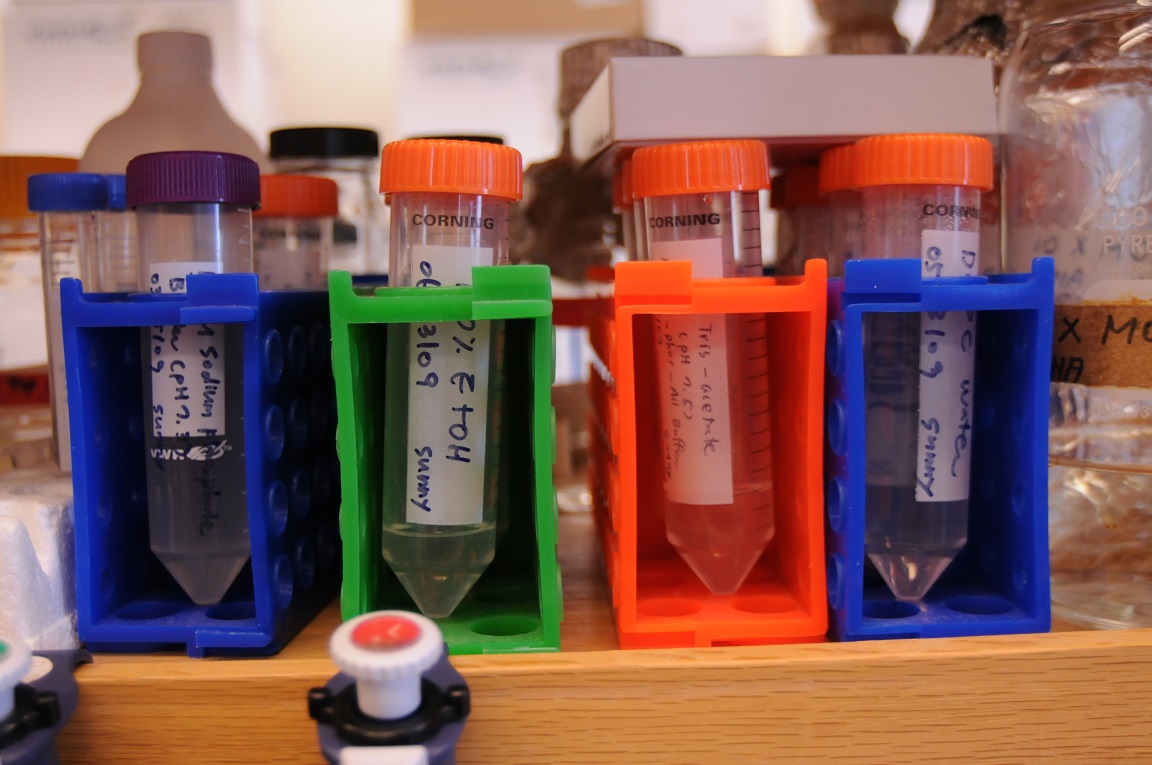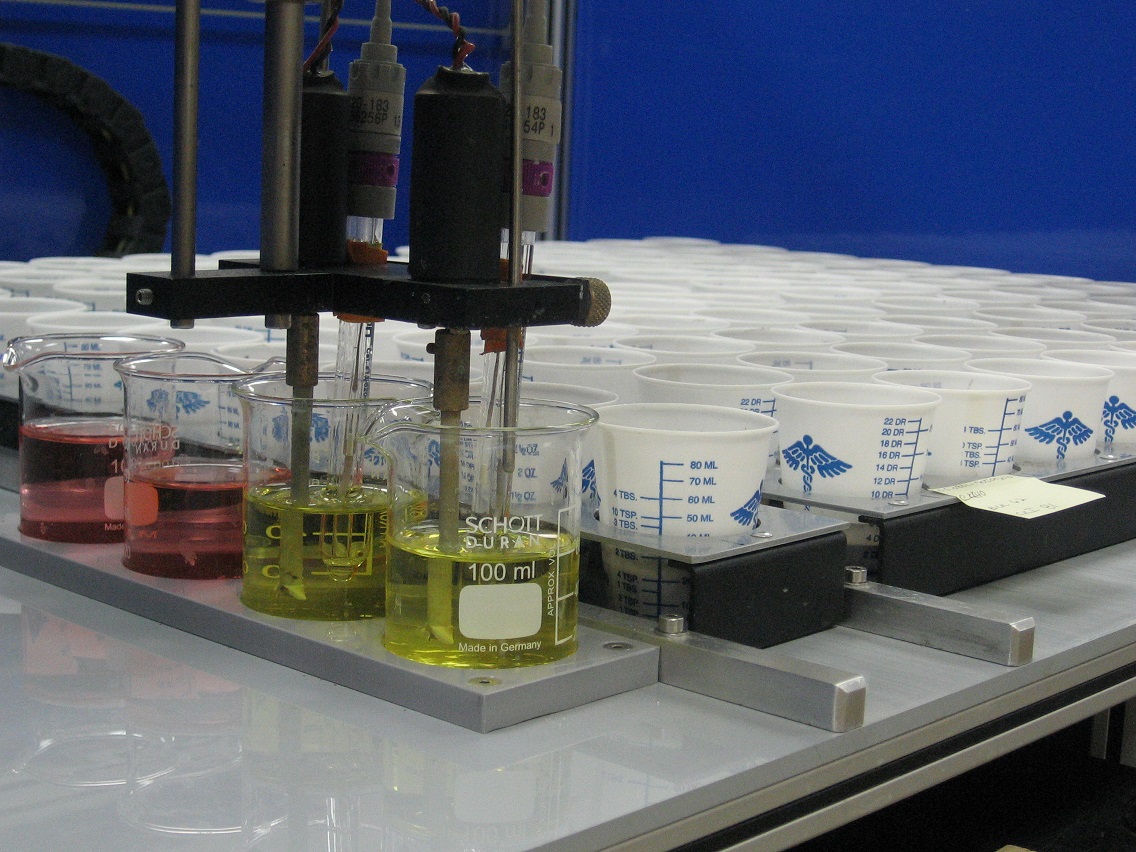
The Laboratory Safety program supports the research and education mission of Clemson University by providing guidance on prudent lab practices and assisting researchers in developing and maintaining a robust culture of safety. The lab safety team fosters collaborative partnerships with Clemson researchers and provides resources to help ensure safety and regulatory compliance in new and emerging areas of scientific research.
-
I am a new research PI, how do I set up my lab?
Welcome to Clemson! Guidance on setting up your new laboratory can be found in our Safety and Compliance Checklist for New Research Faculty (PDF).
-
What training is required for those working in a laboratory?
For those working in a lab that uses hazardous chemicals and generates hazardous waste, the minimum required trainings are:
- Laboratory Safety and Chemical Hygiene (Online) and,
- Hazardous Waste Management Training - How to Dispose of Chemical Wastes (Online)
These trainings are available online via SciShield/BioRAFT or can be requested as in-person sessions tailored to your research needs. Numerous other training session are also available including Compressed Gas Safety, Lab Fire Safety, Hydrofluoric Acid Safety, and many others. Please contact us to request a specific training.
-
What regulations are applicable to research laboratories?
Regulations applicable to research laboratories at Clemson University include (but not limited to):
- OSHA 29 CFR 1450.1950: Occupational Exposure to Hazardous Chemicals in Laboratories (Lab Standard), implemented as OSHA approved state plan
- South Carolina Fire Code -2018
- South Carolina Building Code -2018
- NFPA 30: Flammable and Combustible Liquids Code, adopted by South Carolina
- NFPA 55: Compressed Gases and Cryogenic Fluids Code, adopted by South Carolina
- NFPA 70: National Electric Code, adopted by South Carolina
-
How do I determine the hazards in my lab and ensure safety and compliance?
OES can assist in a hazard analysis for your lab space based on your specific research. Once hazards are determined, these can be input into your SciShield/BioRAFT home page, which will indicate if any additional training is required.
-
Is special permission or training required for “high-hazard” research projects?
Yes. Additional approval and training is required for high-hazard research such as that utilizing (but not limited to):
- Hydrofluoric acid use
- High energy materials or explosives
- Toxic or highly toxic gas
- Controlled substance or DEA Scheduled drugs
- Large scale processes involving hazardous chemicals
If you are uncertain if your research is considered high-hazard, please contact the OES Chemical and Laboratory Safety Manager. The POSHER form that you filled out when starting up your lab also helps OES identify high-hazard research.
-
How do I close out my laboratory?
We’re sorry to see you go, but in order to properly close out your laboratory, please consult the Laboratory Closeout Guidelines (PDF).

